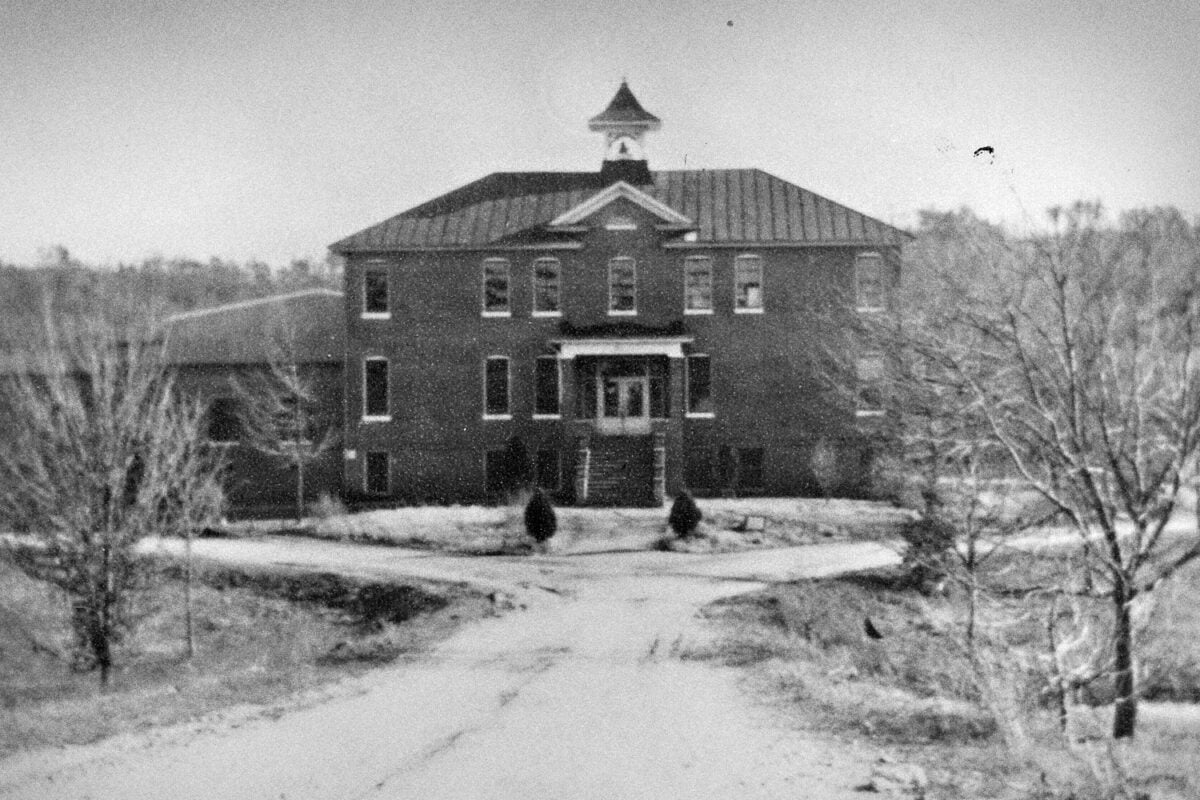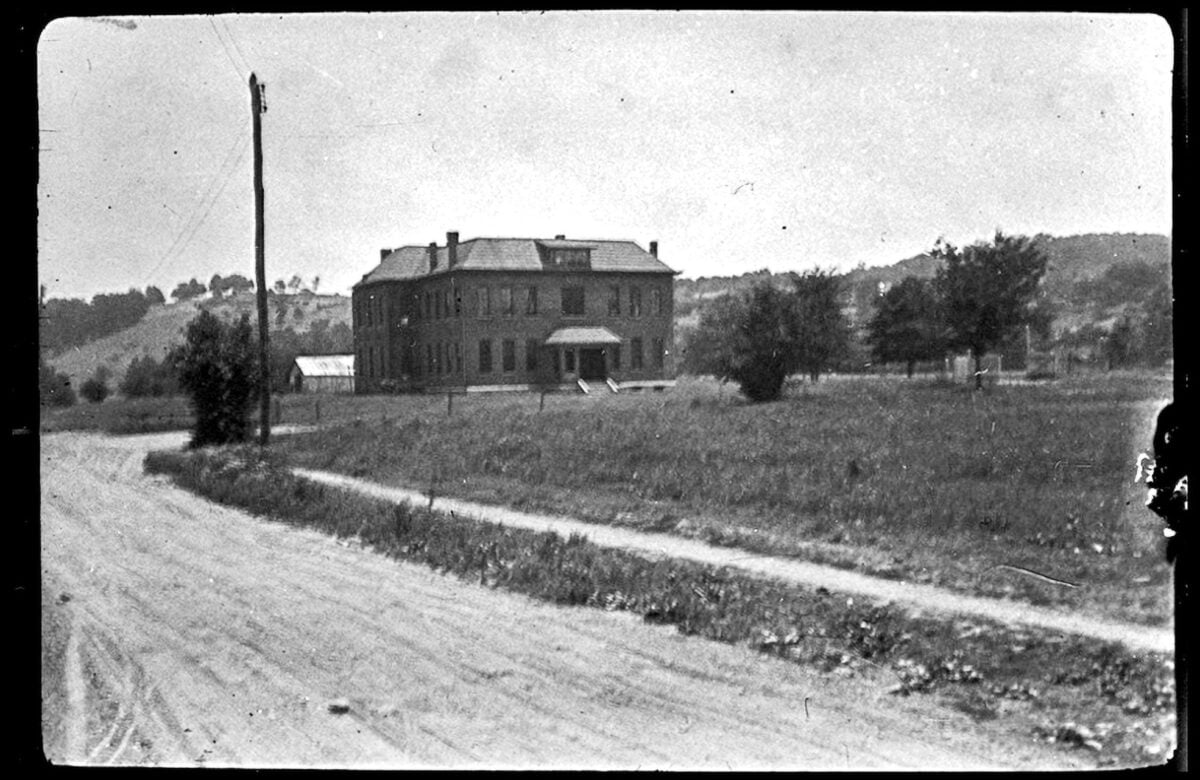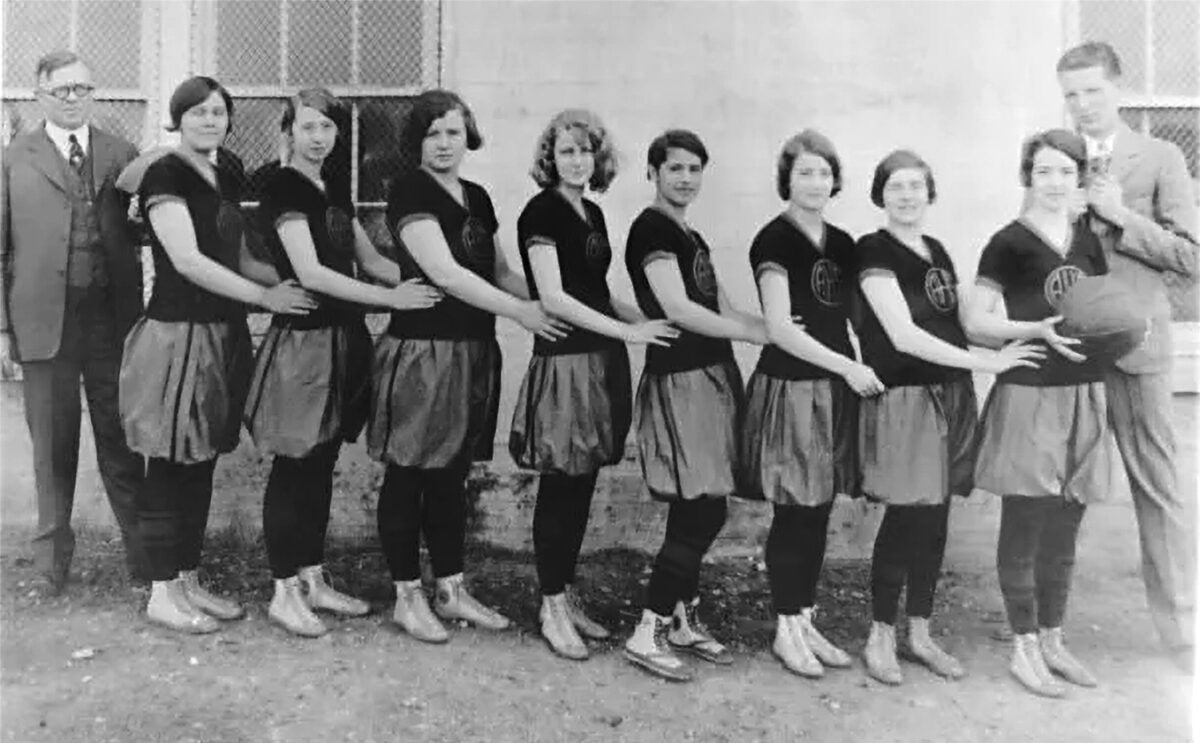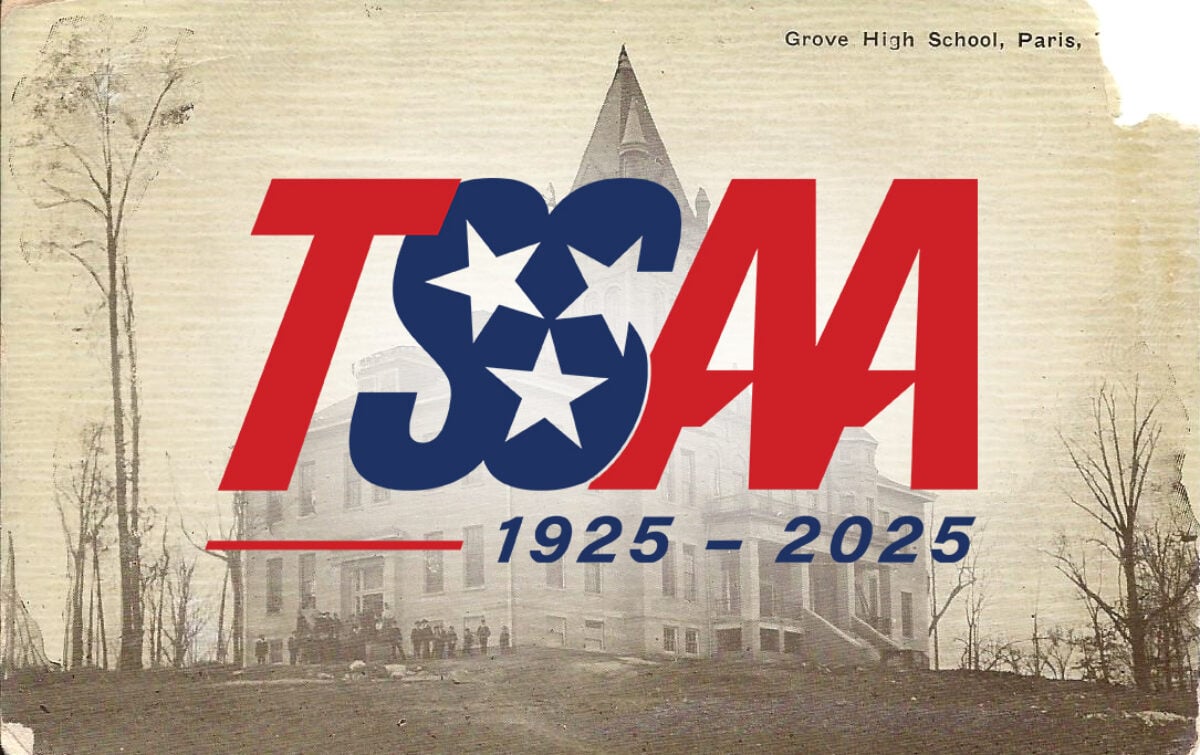Imagine you're a high schooler in 1920, traveling with your friends from school to play football against a team the next county over. You're excited, that is, until you arrive to find your opponent appears to have three stout, 25-year-old coal miners on their team. What do you do? After all, there were no rules against it.
This scenario wasn't hypothetical for many Tennessee students in the early 20th century. The chaotic world of unregulated high school athletics created situations that seem absurd today—grown men competing against teenagers, players switching teams between games, and coaches recruiting athletes from outside of school. These problems would persist until 1925, when the creation of the Tennessee Secondary School Athletic Association aimed to bring order to the mayhem.
The Educational Landscape
To understand why such chaos existed, we must first examine Tennessee's educational infrastructure at the turn of the century. Public education remained a nascent concept. Few state-supported high schools existed, and attendance wasn't mandatory. Most Tennesseans lived in rural communities where educational opportunities were scarce, often limited to small schools with one or two teachers paid directly by parents.
This sparse infrastructure naturally meant organized sports barely existed. Yet change was coming. In 1909, the state legislature began earmarking funds for education, triggering a slow but steady transformation. County high schools emerged. Teacher training improved. The University of Tennessee received more considerable state support. As schools became more organized, student activities—including sports—followed suit.
The growth, however, largely occurred without leadership or oversight. This vacuum created fertile ground for the problems that would eventually demand a governing body for athletics.
Competition Without Rules
The absence of central authority meant each school team operated independently. Some created their own rules. Many had none at all. The result was predictable: eligibility standards varied wildly, age limits were non-existent, and players sometimes suited up for multiple schools in the same season.
Coaches, driven to win at any cost, embraced questionable tactics. They recruited from pool halls and street corners. They offered under-the-table payments and "gifts" of equipment. They compensated players for travel expenses. These tactics not only created competitive imbalances but also undermined the educational mission of schools themselves.
The concept of high school sports being exclusively for high school students—something we take for granted today—simply didn't exist. Teams of actual students regularly faced squads with no age or enrollment restrictions. This diminished both the value of competition and the integrity of the sport.
The College Shadow
As college sports gained popularity and prestige, high school programs felt pressure to emulate their practices. Unfortunately, this often meant adopting the same problematic behaviors: recruiting athletes from far-flung areas, offering improper inducements, and prioritizing athletic achievement over academic progress.
The situation created a peculiar hypocrisy. Coaches and boosters would decry recruiting violations when used against them, while simultaneously engaging in the tactics themselves. Everyone wanted a level playing field—so long as it tilted in their favor.
Early Reform Efforts
Not everyone accepted this chaos as inevitable. Forward-thinking principals recognized that sports, properly directed, could incentivize academic achievement and build character. These educators understood that strong leadership was essential to holding coaches accountable and to align sports programs with educational goals.
Regional organizations began emerging to address the problems. The Middle Tennessee High School Athletic Association represented one such effort. Individual tournaments implemented their own regulations. Blinkey Horn, sports editor of The Nashville Tennessean, enforced strict eligibility rules for entrants in his prestigious Tennessean-Vanderbilt basketball tournament.
These isolated initiatives, though admirable, highlighted a fundamental limitation: they only affected participating schools during specific events. The broader landscape remained unchanged. Schools competing outside these tournaments continued operating in the wild west of unregulated competition.
The Breaking Point
By the early 1920s, the situation had become untenable. The competitive gap between schools following rules and those ignoring them widened dramatically. Academic integrity concerns mounted. Parents grew frustrated watching their children compete against adults. School administrators faced increasing pressure to either join the arms race of recruiting or accept perpetual defeat.
The hypocrisy had become too blatant to ignore. Schools needed protection from each other—and from themselves.
The Birth of Order
In 1925, a group of principals decided enough was enough. Led by G.C. Carney of Nashville Central High School and A.J. Smith, superintendent of the Clarksville School System, they spearheaded the creation of the Tennessee Secondary School Athletic Association.
These men had witnessed the participation of non-students firsthand. They'd seen the lack of consistent eligibility standards destroy competitive balance. They understood that individual schools were powerless to effect meaningful change. Only collective, cooperative action could restore integrity to high school athletics.
The TSSAA's formation represented more than bureaucratic problem-solving. It reflected a desire for purpose-driven sports. The organization's founders believed athletic participation should develop character, teach teamwork, and guide students towards excellence—values often obscured in the win-at-all-costs environment of unregulated competition.
A New Era Begins
The establishment of the TSSAA marked a watershed moment in Tennessee education. For the first time, high school athletics would operate under uniform standards. Age limits would be enforced. Academic requirements would matter. Recruiting violations would carry consequences.
The organization ensured sports would complement, rather than compromise, the educational mission of schools. It recognized that the true value of high school athletics lay not in championships but in shaping well-rounded individuals prepared for success beyond the playing field.
Over-age players and those not enrolled in school would have to find another team. With TSSAA established and dozens of schools joining each year, high school sports would finally be for high school students.
The TSSAA's founding didn't solve every problem overnight. Enforcement would prove challenging. Some who held sports above education would resist. New issues would emerge as sports evolved. But Tennessee had taken a crucial step toward ensuring that athletics served the best interests of students and schools. The era of anything-goes competition had ended. The age of organized, educational athletics had begun.

Wheat High School (TSSAA Charter Member)

Haywood County High School (TSSAA Charter Member) - 1922 Football Team

Peabody Demonstration School (TSSAA Charter Member) 1925

Dayton Rhea County High School, 1925 (TSSAA Charter Member)

Cheatham County High School (TSSAA Charter Member) - 1927 Girls' Basketball Team

Grove High School, Paris (TSSAA Charter Member)


